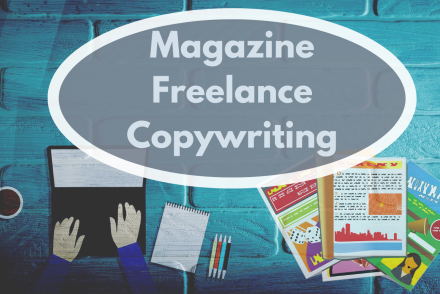
Build and Maintain Editor Relationships
Many times, through attending conferences, I’ve met a new editor, hit it off personally, and then collected a book…
April 26, 2025
Many times, through attending conferences, I’ve met a new editor, hit it off personally, and then collected a book…
April 26, 2025
So, you want to write an article but you don’t know where to start? To make it even more…
April 24, 2025
Writers Chat, hosted by Johnnie Alexander, Brandy Brow, and Melissa Stroh, is the show where we talk about all…
April 17, 2025
Can you share a little about your recent book? Love Well, My Precious One is a picture book written…
April 2, 2025
As March comes to an end, so does the Brain Injury Awareness Month campaign. If you have read this…
March 29, 2025
The Name Game with Cathy Rueter Cathy is a journalist and author. She joins Writers Chat to explain why…
February 28, 2025
Young adult author Rachel Kovaciny recently released her eighth book, A Nobel Companion, a retelling of the ugly duckling…
February 26, 2025
An old saying is applicable to this secret: “It’s not what you know but who you know.” This adage…
February 25, 2025
Romance readers’ expectations: Finding the best setbacks and obstacles for my couple to overcome is one of my greatest…
February 23, 2025
Do you have difficulty coming up with a title for your article or story? This is sure to be…
February 22, 2025
While many might try to dissuade you from embarking on a journey to becoming an author, sticking with it…
February 13, 2025
After you have the various parts of the proposal and sample ready, prepare a list of publishers to whom…
February 4, 2025
Late in 2024, I became extremely unsatisfied with my writing vocation. After spending six years focusing on sales, conversions…
January 30, 2025
What day is it? Although I sometimes find myself wondering what day of the week it is, that is…
November 6, 2024
Previously, we talked about the need to vary sentence structure to keep your writing from sounding repetitive. In that…
October 22, 2024
For writers, opportunities wait behind the doors of the grocery store! A plethora of plots. Character reveals. Centuries of…
August 20, 2024
Writers Chat, hosted by Johnnie Alexander, Brandy Brow, and Melissa Stroh, is the show where we talk about all…
June 30, 2024
As 80% of the country is suffering from extreme heatwaves, many people are looking for relief from the summer…
June 29, 2024
Writers Chat, hosted by Johnnie Alexander, Brandy Brow, and Melissa Stroh, is the show where we talk about all…
June 21, 2024
Like most people, I was saddened to hear the news about the passing of Christian recording artist Mandisa. She…
April 30, 2024As 2024 rolls away, it is still not playing out as I hoped it would. It is a different…
February 28, 2024
Like most people, I entered the new year with high hopes and great expectations. Last year was a mixed…
January 28, 2024
Writers Chat, hosted by Johnnie Alexander, Brandy Brow, and Melissa Stroh, is the show where we talk about all…
December 30, 2023
Writers Chat, hosted by Jean Wise, Johnnie Alexander, and Brandy Brow, is the show where we talk about all…
July 31, 2023
Whether you write professionally or simply want to publish your first novelette, your success depends on more than just…
April 10, 2023